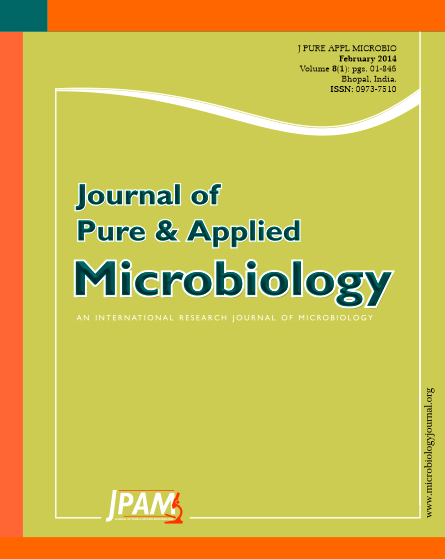Plant growth promoting rhizobacteria (PGPR) are the living micro-organisms which colonize the rhizosphere or the interior of the plant or promotes growth by increasing the supply or availability of primary nutrients to the host plant when applied to the seed, plant surface, or soil. Bacteria having growth promoting property in plants through the control of deleterious organisms have been categorized as biopesticides and are different from biofertlizers. However, some PGPR promote growth of plants by acting both as biofertilizer and biopesticides. PGPR can be Rhizospheric or Endophytic in nature depending upon their relationship with their hosts. The solubilization of ‘P’ in the rhizosphere is the most common mode of action that increases nutrient availability to host plants. Insoluble inorganic ‘P’ associated with the solid phase can be adsorbed to the surface of soil constituents which occur as Ca, Fe or Al minerals. Mineral ‘P’ is further released and made available to plant mostly by the action of phosphate solubilizing micro-organisms.
Rhizobacteria, Phosphatase, PGPR, Disease management
© The Author(s) 2014. Open Access. This article is distributed under the terms of the Creative Commons Attribution 4.0 International License which permits unrestricted use, sharing, distribution, and reproduction in any medium, provided you give appropriate credit to the original author(s) and the source, provide a link to the Creative Commons license, and indicate if changes were made.


